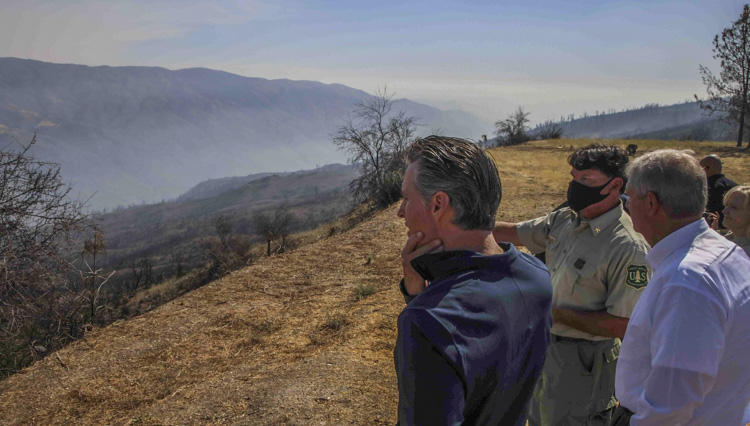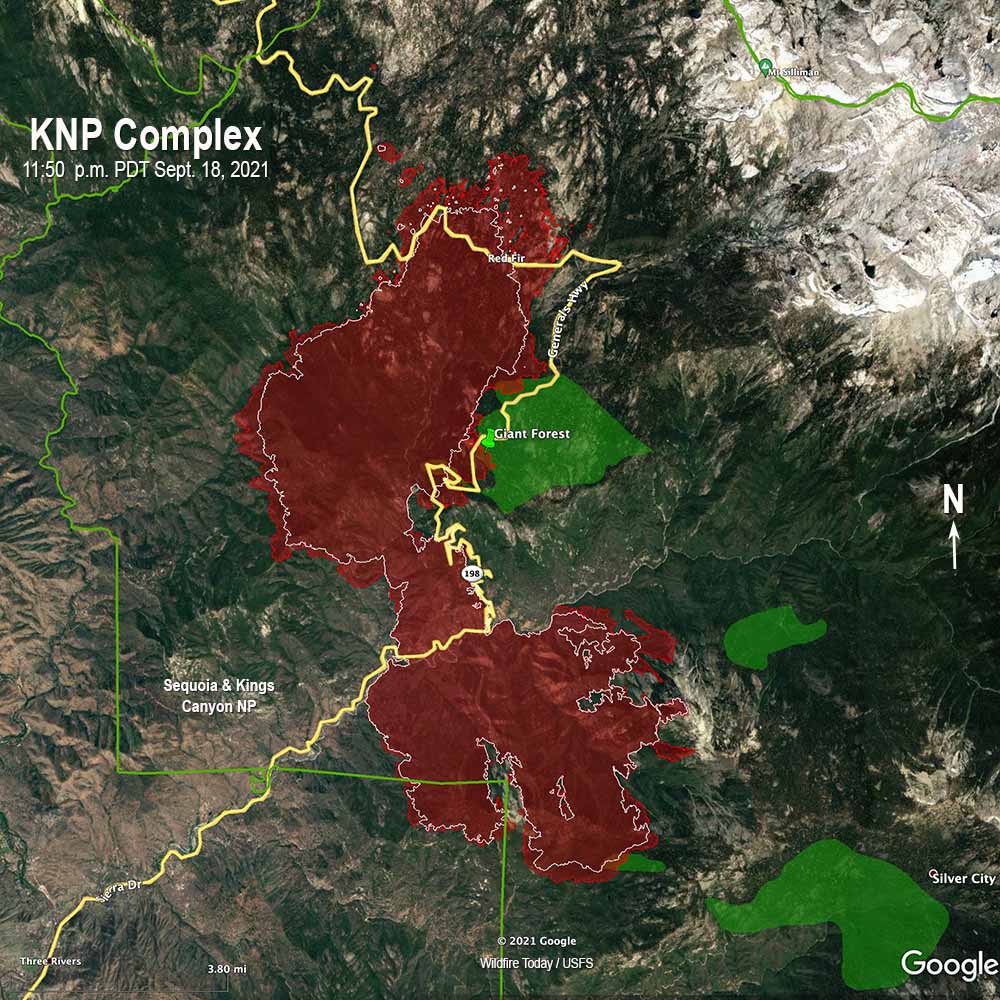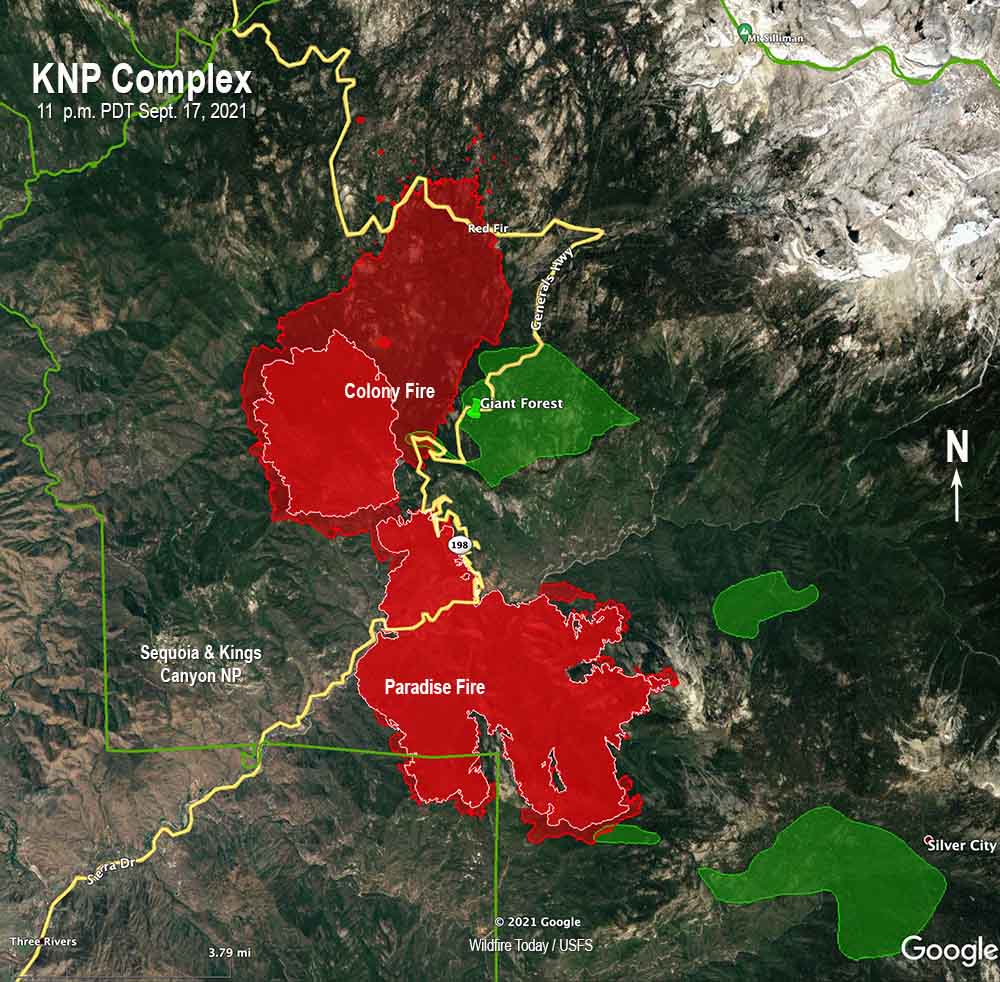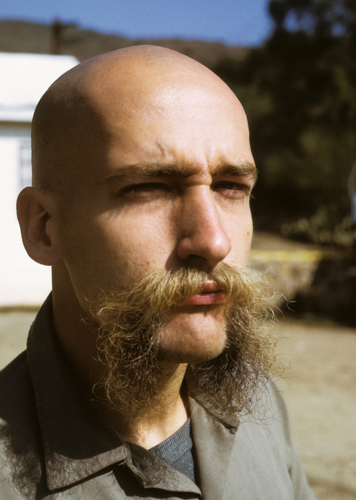
A former El Cariso Hotshot passed away unexpectedly on June 16. Tom Sadowski was on the crew from 1969 through 1972.
Tom was unique — if you spent much time with him you would remember him. He was one of the smartest people I ever met. I learned from him. As young and dumb as I was, I had much room in my little brain for knowledge about wildland firefighting and how the world works. For a year we were roommates in the hotshot barracks up the hill from the hotshot camp in the Orange County facilities. At night there was not much to do so we talked or read. He taught me a great deal about photography and with his guidance I purchased my first 35mm camera of my own, a Minolta, after using a very old Argus that was my mom’s.
One year Tom drove with his girlfriend from his home in New England 2,500 miles to our base near Elsinore, California in a very old, army surplus jeep. He was pulled over more than once for driving too slow.
He admired well-built machinery that was made to last with heavy duty materials. We were on a fire in Wyoming and Tom had climbed on top of a large old water tender to check it out. I was taking a picture of him with my old beat-up Argus. When I pressed the shutter, I could hear and feel the guts of the camera come apart. I shook it and it rattled, which is never a good sign. I blamed Tom then for breaking my camera. I still do. I took a picture of him and he literally broke the damn camera.
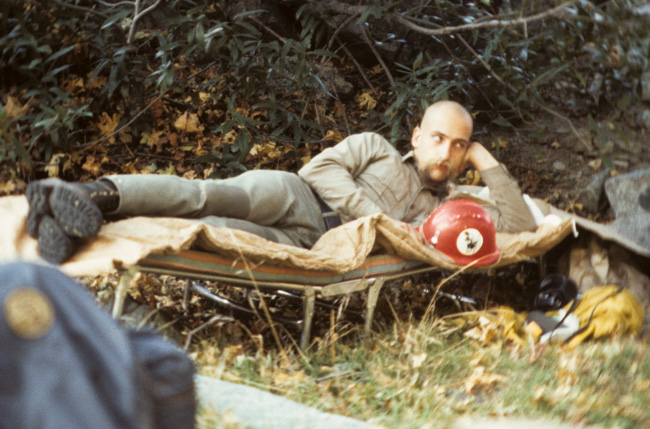
When Tom was on the crew there was no standard training curriculum in the USFS for new firefighters. At the direction of crew Superintendent Ron Campbell our crew developed a four-day basic training package which became known as the “Basic 32-hour Package”.
Tom taught us how to build a slide program of illustrations, graphics, photos, narration, and visual aids that was automatically advanced by silent cues on a taped narration.
There were no personal computers then, and we made all of our graphics using hand-drawn images, artist supplies, press-on letters, and a 35mm camera, mostly Tom’s, but I also contributed some images.
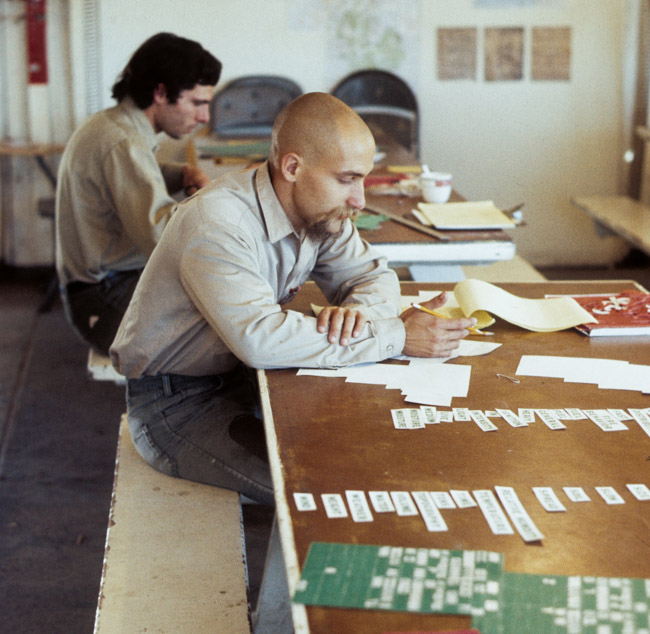
When the training package was finished in 1972 or 1973, it required a Wollensak cassette recorder and a 35mm slide projector, but eventually was converted to VHS tapes and was used with the workbooks in many locations around the country for training new firefighters.
In 1972 Tom and I sent some of our fire photos and a proposal to National Geographic hoping they would pay us handsomely. We received a very nice declination letter from someone there named, and I have not forgotten this, “Smokey”. He explained that they liked our photos, but that they had done a wildland fire story 3-4 years before and it was too soon to do another one.
After fighting fires in Southern California Tom worked for the BLM in Alaska and worked his way up to the position of Assistant Fire Management Officer. In the 1980s I visited him at his home on a hill that had a very nice view of Anchorage. I knew he was an excellent photographer, but was surprised to see that he had a full-blown studio with fancy lighting and various backgrounds on spools that could be pulled down behind his subject.
 In 2008 Tom recreated the El Cariso Hotshots logo for the commemoration of their 50th year. I’m not sure that he ever received proper credit for that project.
In 2008 Tom recreated the El Cariso Hotshots logo for the commemoration of their 50th year. I’m not sure that he ever received proper credit for that project.
In his later years Tom lived in Maine and for a while he and his wife ran a women’s clothing store and later a restaurant and bar.
He and I stayed in touch by email exchanging messages every one to three years.
He wrote a regular humor column, “Just Saying”, that ran in at least one newspaper, The Free Press in Maine, where an archive of his columns is still available. If you only read one, check out a tribute to him written by Ethan Andrews, “Remembering Tom Sadowski”, which includes Tom’s own thoughts about how to write his “autobituary”. (UPDATE Dec. 26, 2021: The previous three links no longer work, but the WayBackMachine has retained some of the archives.)
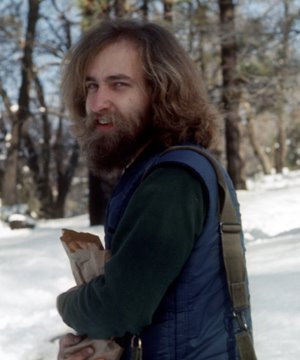
We have published some of Tom’s writings on Wildfire Today. In 2013 he contributed a large section of our tribute to former El Cariso Superintendent Ron Campbell. In 2015 he wrote about the passing of Fred Rungee, “Alaska resident, forest fire control veteran and humanitarian.”
Continue reading “Tom Sadowski, El Cariso Hotshots, 1969-1972”

